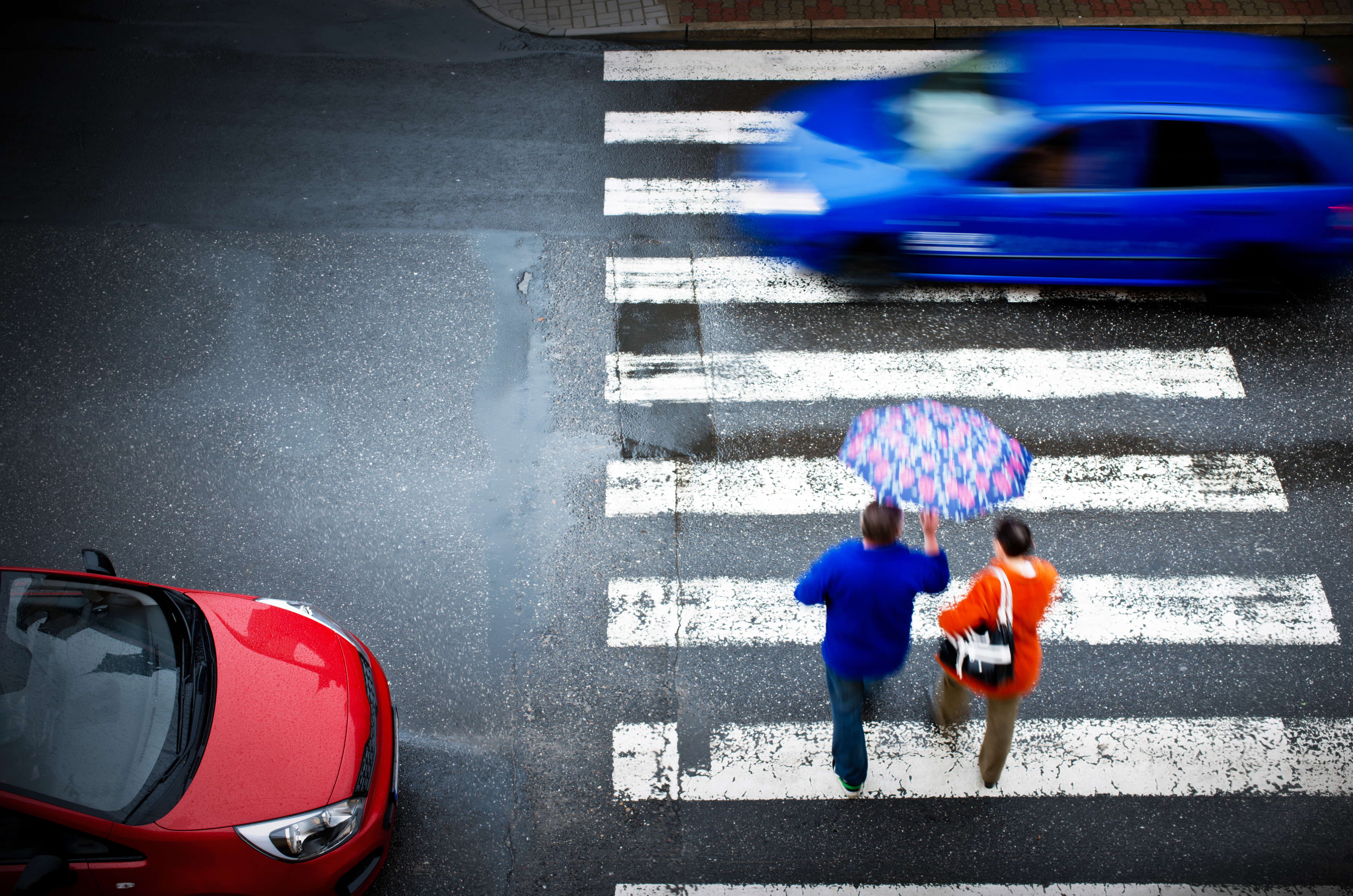Share This Article
ArraySahar Adatia and Jimmy Singh.
It’s an alarming statistic: Each year, more than 1,500 pedestrians are hit on NSW roads.
More worryingly, research from the NSW Centre for Road Safety shows that from 2007 to 2011, one in seven people who died on the road happened to be a pedestrian, while male pedestrians and children are those at the highest risk of being seriously injured or involved in a fatal crash.
And if that wasn’t confronting enough, it was also concluded that a pedestrian hit by a vehicle travelling at 50km/h is twice as likely to die as one hit by a vehicle travelling at 40km/h.
Indeed, as drivers, we tend to ignore that our roads are not merely for motorists and cyclists – they also exist for those of us who choose to walk rather than travel in a vehicle.
Last week, another pedestrian in NSW lost his life after he was hit by a car in Parramatta in Sydney’s West earlier this month.
The incident is reported by NSW Police to have occurred on 14 September 2020 around 3:30pm when the man, aged 55, was struck by a Toyota sedan at the intersection of Argyle and Marsden streets.
Officers from Parramatta Police Area Command attended and began an investigation into the circumstances surrounding the crash, while emergency services were called immediately and treated the man at the scene for head injuries.
Nevertheless, he had to be transported to Westmead Hospital.
Unable to recover, on 30 September, the man died in hospital.
The driver of the Toyota sedan is said to be a 34-year-old man, who was uninsured.
He did not suffer any injuries and was taken to hospital for mandatory testing.
Police are preparing a report for the information of the Coroner.
Be Mindful of Pedestrians: What You Should Know as a Driver
It is the duty of a driver to share the road fairly with all pedestrians.
This means obeying the special markings on the roads that indicate where pedestrians have a right to cross the road, and knowing where, as a driver, you should slow down or “give way”.
Rule 81(2) of the Road Rules 2014 (NSW) requires drivers to give way to pedestrians on a pedestrian crossing. Failure to comply carries an on-the-spot fine of $457 in addition to 3 demerit points. If the fine is disputed, a court election may be made.
If the matter ends up being heard in court, the court can impose up to a fine of $2,200, in addition to the 3-demerit points.
If the court imposes a section 10 non-conviction penalty, then there will be no demerit points and no fine imposed.
Click here for an outline on the law on drivers duty to pedestrians on NSW Roads.
Pedestrian Safety: What You Should Know When Crossing the Road
It might sound obvious, particularly as walking is something we do all our lives, but as pedestrians walking and crossing roads, it is important to be mindful of our surroundings.
This is especially important for vulnerable pedestrians such as the elderly; in fact, so vital is it for them to know how to safely cross the road that the NSW Centre for Road Safety has now provided recommendations in order to prevent further pedestrian collisions and deaths.
Some of these include:
1. Never assume a driver can see you
It’s easy to assume that an approaching driver has seen you or will stop. However, their vision could be affected by parked cars, other vehicles around them, sunlight or even poor light.
2. Make eye contact
Before you step off the kerb, make eye contact with the driver of the vehicle so they become aware of you.
3. Use pedestrian crossings
The safest places to cross the road are at pedestrian crossings or traffic lights. If there is no crossing nearby, always try to cross from the safest spot, even if this means you have to walk further down the road.
4. Wait for vehicles to stop completely
By waiting for vehicles to stop completely before you start to cross the road, you can ensure the driver is aware of you.
5. Use the footpath
It is always safer to walk on the footpath when possible.
When crossing the road, take the shortest, most direct route to get to the other side. If there is a pedestrian refuge island, use it to safely cross the road in two stages.
6. Wear bright colours
Wearing bright colours increases your visibility to other drivers, particularly if you are walking at night time.
7. Check for turning vehicles and cyclists
It’s easy to get to an intersection and not properly look out for turning vehicles. However, checking before you leave the kerb will help to ensure you cross the road in one piece. This also means being aware of cyclists using roads, footpaths or pathways in parks. Cyclists can be more difficult to see than cars, so it is worthwhile checking for them first before moving from the kerb. Additionally, when you’re on a shared path with a cyclist, make sure to keep to the left side of the pathway so the cyclist is able to pass.
8. Consider your mobility
Be wary of how the speed at which you are able to move. It may take you longer to get out of the way of vehicles on the road, or those reversing from driveways, especially if you are using a mobility aid.
Book a Lawyer Online
Make a booking to arrange a free consult today.
Call For Free Consultation
Call Now to Speak To a Criminal Defence Lawyer
Over 40 Years Combined Experience
Proven SuccessAustralia-Wide
Experienced LawyerGuarantee
 (02) 8606 2218
(02) 8606 2218
 (02) 8606 2218
(02) 8606 2218














